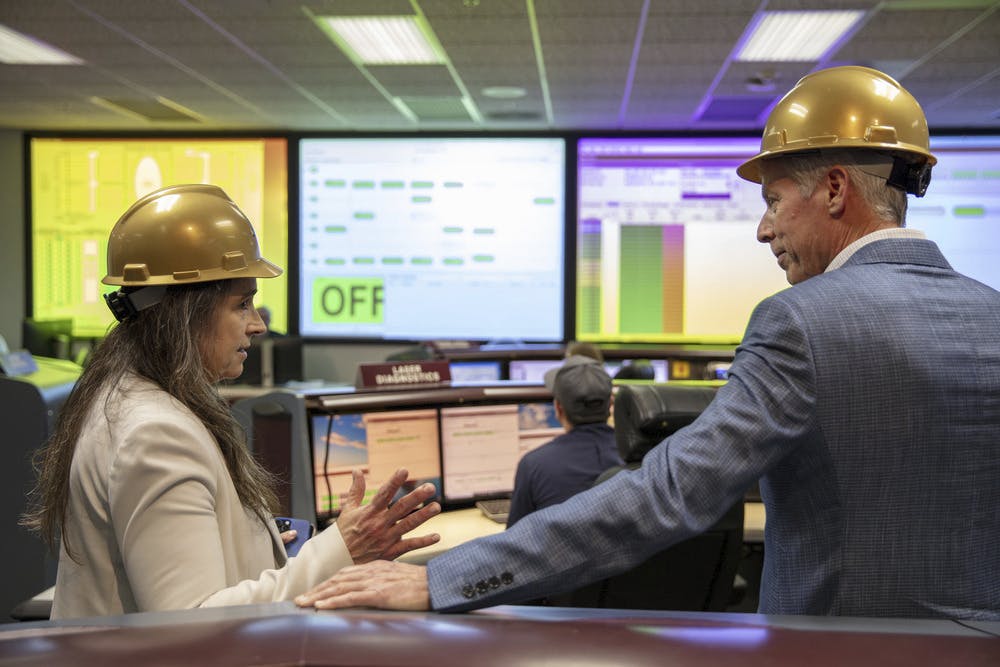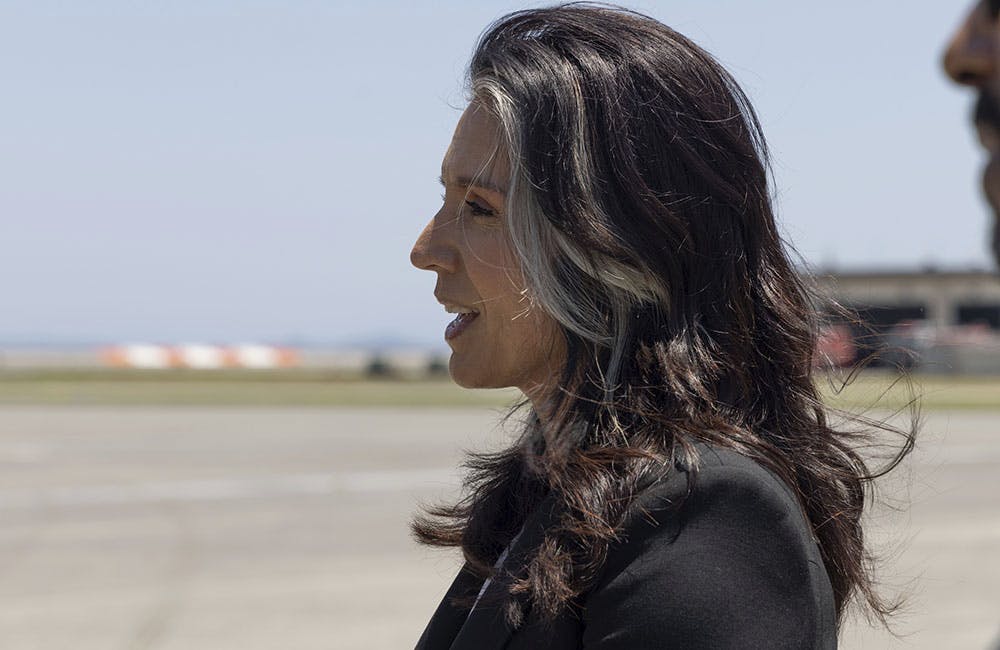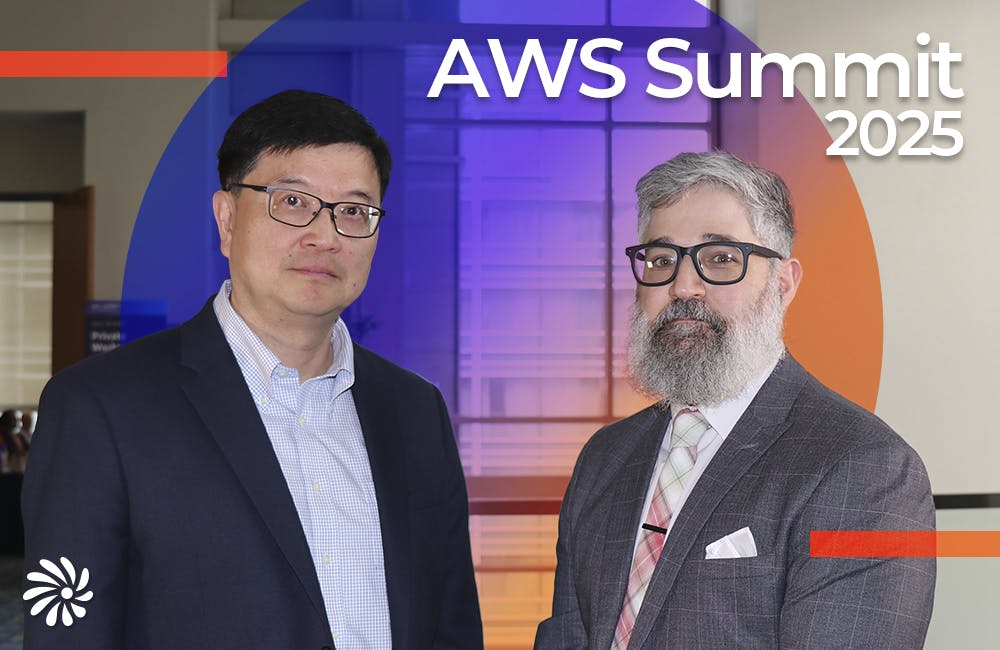JWCC Next Targets Longer-Term, More Flexible Cloud Approach
DISA emphasizes market research and partner feedback to adapt to changing technology landscape and demands.

The next generation of the Defense Department’s cloud computing capabilities is near, building upon the foundation laid by 2022’s Joint Warfighting Cloud Capability (JWCC) contract vehicle. JWCC Next, the new program, aims to extend the contract, engage with industry and strategic partners and address evolving national security cloud demands.
“Now that we know what works on JWCC, it’s kind of like that next step,” Defense Information Systems Agency (DISA) JWCC Program Manager Alee Long told GovCIO Media & Research in an interview. “It’s scratching under the surface a little bit more to define what our strategic partners need.”
JWCC’s timeline is in flux, but DISA intends to release a draft request for proposals within a year, before soliciting bids, John Hale, product management and development chief at the agency, said in March. Long acknowledged the challenges of any large-scale procurement, revealing a proactive approach to iterate and refine through JWCC Next.
“The current contract for JWCC, the last option year, ends in December 2027,” Long told GovCIO Media & Research. “What we have previously done with the four hyper scale CSPs [Amazon Web Services, Google, Microsoft and Oracle] is how we are looking at all opportunities going forward.”
“We’re not taking anything off the table, but are definitely reevaluating that strategy,” she added.
Security remains a paramount concern for JWCC Next, Long emphasized. DISA works with the Intelligence Community to maintain the necessary cybersecurity standards for contractors and government cloud systems, Long said. This partnership involves leveraging the IC’s experiences and best practices in navigating the complex security landscape of interconnected cloud environments.
“[IC cybersecurity standards are] important for our strategic partners. We know the third-party marketplace has been a concern for a lot of our strategic partners, and we have definitely started the real in-depth conversations on how to make that possible, some things able to be done on the current contract,” Long said. “Those conversations have just started for JWCC Next, so we haven’t defined what it’s going to look like yet. Those topics are definitely shaping how this next acquisition is going to look and how it’s going to be adopted.”
DISA is developing JWCC Next continually, and the program is subject to acquisition sensitivities and the changing technology environment, Long said. JWCC Next has a longer contract duration and DISA is exploring a more in-depth understanding of evolving cloud demands for it, she said.
“We’re looking at market research, engagements with industry, engagements with our strategic partners, to really understand cloud demands,” said Long of the aim to eliminate initial blockers and ensure commercial parity with emerging technologies. “How can we help them with their cloud and ensure that we have a contract vehicle that meets that need?”
Long said leaders will measure JWCC Next’s implementation success through factors such as Pentagon leadership direction and cloud adoption rates guided by the DOD CIO office. Ongoing dialogue with industry and mission partners is vital, Long said, to make sure it remains agile and responsive to technological advancements in the marketplace.
“It’s something that we’ve really relied on the CSPs to help us, and we take a look at cloud demand. What are they seeing? What are the trends? And then kind of trickle that back … What needs do they have?” said Long. “I think the collaboration with all of those stakeholders has really been important. And it took us a while to build those relationships at the beginning, but we’re in a really great spot now.”
This is a carousel with manually rotating slides. Use Next and Previous buttons to navigate or jump to a slide with the slide dots
-

The Next AI Wave Requires Stronger Cyber Defenses, Data Management
IT officials warn of new vulnerabilities posed by AI as agencies continue to leverage the tech to boost operational efficiency.
5m read -

Federal CIOs Push for ROI-Focused Modernization to Advance Mission Goals
CIOs focus on return on investment, data governance and application modernization to drive mission outcomes as agencies adopt new tech tools.
4m read -

DOD Can No Longer Assume Superiority in Digital Warfare, Officials Warn
The DOD must make concerted efforts to address cyber vulnerabilities to maintain the tactical edge, military leaders said at HammerCon 2025.
4m read -

Marine Corps Operation StormBreaker Slashes Software Delivery Timelines by 17x
New program aims to deliver critical digital capabilities to warfighters at the "speed of relevance" by overhauling traditional processes.
4m read -

Tracking CIOs in Trump's Second Term
Stay informed on the latest shifts in federal technology leadership as new CIOs are appointed and President Trump's second term takes shape.
6m read -

Inside Oak Ridge National Lab’s Pioneer Approach to AI
Energy Department’s Oak Ridge National Lab transforms AI vulnerabilities into strategic opportunities for national defense.
22m listen -

Modernization Strategies to Enable Energy Innovation
Lawrence Berkeley National Lab and Maximus experts explore the modernization strategies driving digital transformation and operational resilience within the energy sector.
33m watch -

DOE National Labs Launch New AI Tools for Operational Efficiency
The Energy Department's National Laboratories are using AI to increase operational efficiency and drive research efforts forward.
3m read -

Software Factories Accelerate Federal Modernization Outcomes
IT leaders from Nutanix and SAIC explain how software factories streamline tech development, modernize legacy systems and accelerate adoption of emerging technologies like AI.
34m watch -

AI in Top-Secret Clouds Is a ‘Game Changer’ for IC, DNI Says
Tulsi Gabbard touts significant improvements in AI, data analysis, interoperability and operational intelligence at the AWS Summit 2025.
3m read -

AWS Summit: Innovation Accelerates IT Delivery at DOD
Marine Corps Community Services is tackling outdated IT processes with agile development and cutting-edge cloud security to deliver mission-critical capabilities faster.
12m watch -

AWS Summit: NIST Secures High-Performance Computing Against Evolving Threats
NIST’s Yang Guo reveals the broad attack surface of high-performance computing and explains developing guidance and future-proofing security strategies.
9m watch
















